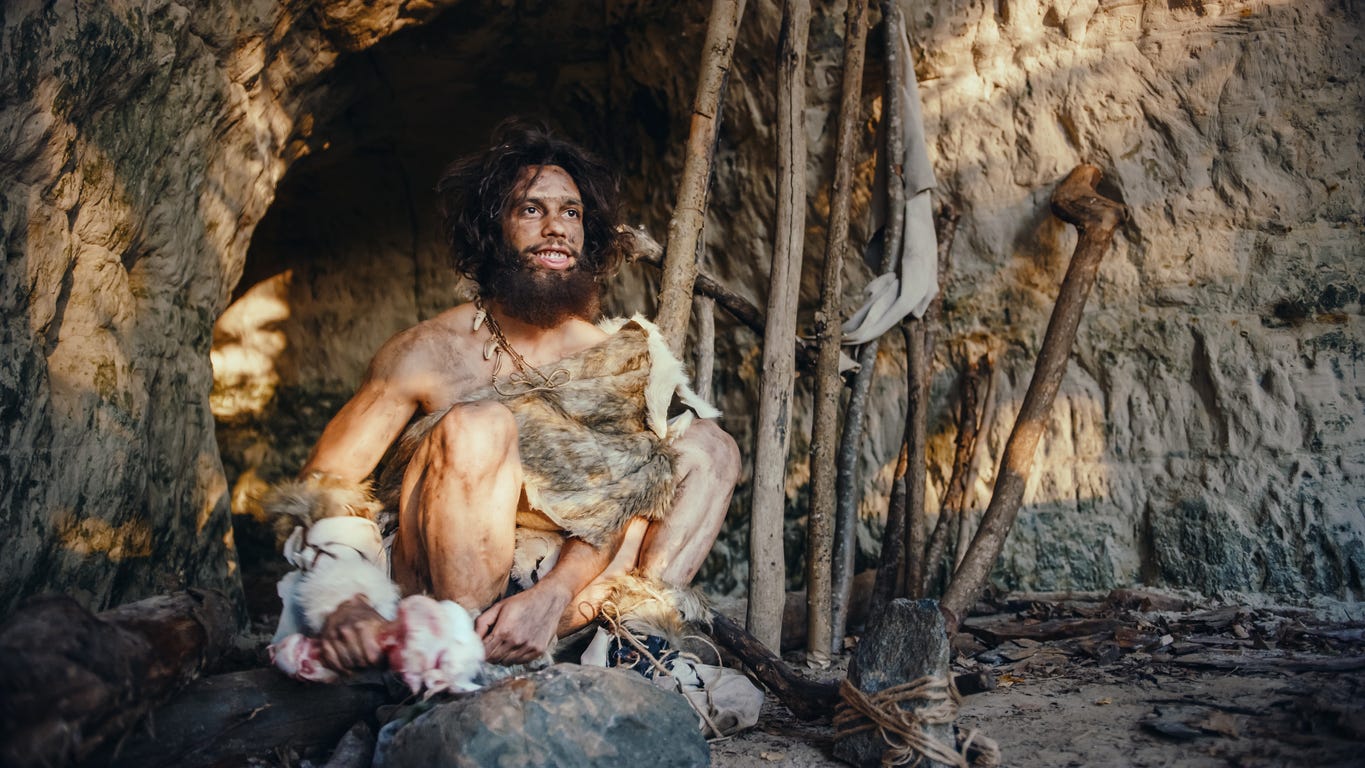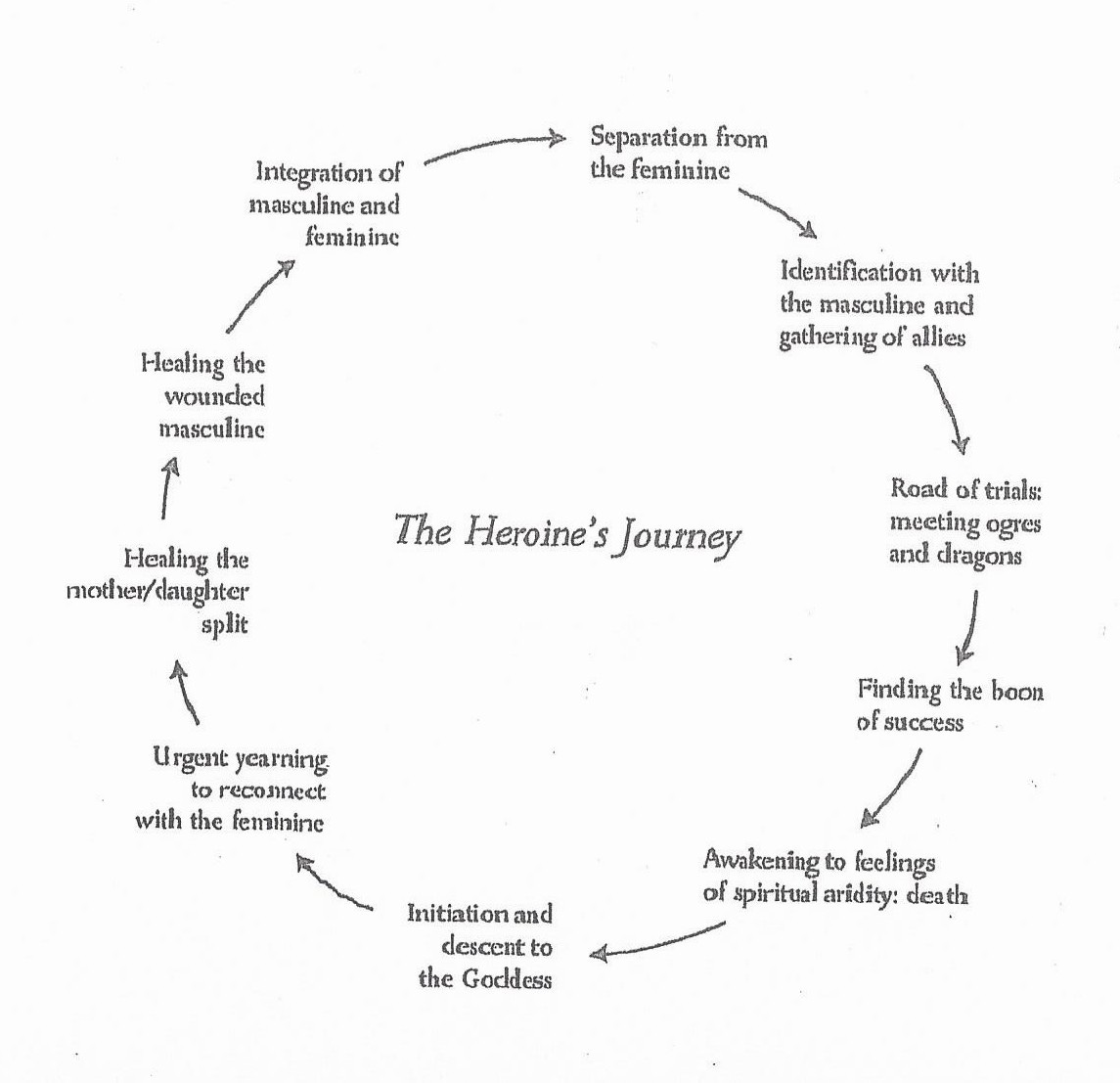I re-read the first three books Ursula Le Guin's Earthsea series recently, which led me to another wonderful work of hers, The Carrier Bag Theory Of Fiction, a short essay that rethinks our first cultural artifact, and proposes an alternative to those “bashing, sticking, thrusting, killing” modes of storytelling that have dominated myth-making since the first bored hominid hunters struck out beyond the safety of their subsistence settlements in search, not of meat to sustain the tribe, but a good yarn.
"It is hard to tell a really gripping tale of how I wrested a wild oat seed from its husk, and then another... and then I scratched my gnat bites, and Ool said something funny, and we went to the creek and got a drink and watched newts for a while, and then I found another patch of oats... No, it does not compare, it cannot compete with how I thrust my spear deep into the titanic hairy flank while Oob, impaled on one sweeping tusk, writhed screaming, and blood spouted everywhere in crimson torrents, and Boob was crushed to jelly when the mammoth fell on him as I shot my unerring arrow straight through eye to brain..."
Le Guin argues that, "before the weapon, a late, luxurious, superfluous tool... the tool that forces energy outward, we made a tool that brings energy home."
The Carrier Bag.
A receptacle for "seeds, roots, sprouts, shoots, leaves, nuts, berries, fruits and grains."
Le Guin extends the metaphor to make carrier bags of other things in our culture -- the home, the museum, the shrine, the holy place, the womb -- arguing that all containers where we store our "useful, edible, or beautiful things" add up to an even more ancient meta-story than that forged by the axe or the knife, one that asserts her humanity as much as any "Story of the Ascent of Man as Hero":
"You just go on telling the story of how the mammoth fell on Boob, and how Cain fell on Abel, and how the burning jelly fell on the villagers, and how the missiles will fall on the Evil Empire, and all the other steps in the Ascent of Man."
While she doesn't name it in her essay, it's hard not to see that a target of Le Guin's lyrical rhetoric must have been Joseph Campbell's The Hero With A Thousand Faces, that quintessential articulation of the monomyth, an archetypal narrative pattern that its proponents argue underlies all storytelling in all human cultures across all time.
It's a notion that has dominated our understanding of film story-telling since George Lucas cited Campbell's work as a key influence in the development of Star Wars.
The ideas in Campbell's book were further amplified in the popular imagination by The Power of Myth, a wildly successful documentary filmed at Lucas's Skywalker Ranch in the late 80s, which gave Campbell a platform to articulate the central thesis of his book for a mainstream audience.
Appropriately, the monomyth has been re-costumed in various guises by many in the film business since, notably Christoper Vogler, a producer and studio executive who distilled Campbell's seventeen stages of the hero's journey into twelve in his book, "The Writer's Journey: Mythic Structure for Writers".
More recently Dan Harmon reduced it further with his Eight Step Story Circle , and John Yorke got it down to five acts with Into The Woods: How Stories Work And Why We Tell Them

Campbell's work came out of a wider school of thought known as syncretism, a practice that involves the merging or assimilation of discrete traditions, especially in the theology and mythology of religion. In the case of the monomyth, it meant boiling-down every single storytelling tradition into one big Jungian universal soup, one with an overpowering flavour of hero.
But, as our film and TV story-telling moves toward values in the opposite direction -- specificity, diversity, distinctive points of view, stories from historically marginalised communities -- are ideas of the universality of storytelling still relevant, or is the monomyth a relic of a monoculture?
Answering that question might take a PhD to properly answer, so in lieu of that, I'll take a quick, (yeah, scattergun) glance at some other ideas that, like the Carrier Bag Theory, offer alternate ways to view storytelling and narrative structure, and throw in a few personal thoughts on whether theories of these kinds are of value to a screenwriter.
Maureen Murdock, Jungian psychotherapist and student of Joseph Campbell, responded to perceived shortcomings in her teacher's masterwork, specifically its failure to address "the psycho-spiritual journey of women", in her work The Heroine’s Journey: Woman’s Quest for Wholeness.
Less narrative template than self-help treatise, Murdock's book divides the feminine heroic arc into ten stages.
In a similar vein, and designed specifically to help screenwriters, The Virgin's Promise, a book by Kim Hudson, emphasises the heroine's internal journey and personal growth, focusing on themes of self-discovery, empowerment, and inner transformation with its 12-stage framework.
1. Dependent World
2. Price of Conformity
3. Opportunity to Shine
4. Dress the Part
5. Secret World
6. No Longer Fits Her World
7. Caught Shining
8. Gives Up What Kept Her Stuck
9. Kingdom in Chaos
10. Wanders in the Wilderness
11. Chooses Her Light
12. The Re-ordering
13. The Kingdom is Brighter
Both books attempted to redress glaring problems with the hero's journey model that centred the male gaze and relegated women to a place where, in Campbell's words:
"Women don’t need to make the journey. In the whole mythological journey, the woman is there. All she has to do is realise that she’s the place that people are trying to get to".
But both The Heroine's Journey and The Virgin's Promise agree with the fundamental premise of Campbell's monomyth. i.e. the universality of archetypal story patterns, and rather than seek a radically different approach, instead substitute different categories along each step.
In the case of The Heroine’s Journey, it’s those categories that resonate more meaningfully with the experiences of women, and in Kim Hudson’s book, it means swapping out the archetype of the “hero” for that of the “virgin” (which can be a male or female in Hudson’s formula).
Another persistent critique of Campbell's book has been its ethnocentrism, its tendency to gloss over cultural differences and offer vague, cherry-picked analysis in an attempt to bolster its central syncretistic argument.
Many academic folklorists and scholars of ancient literature have outright rejected Campbell's authority in their respective fields. American folklorist Alan Dundes has said of the influence of The Hero With A Thousand Faces:
"It seems that the world is full of self-proclaimed experts in folklore, and a few, such as Campbell, have been accepted as such by the general public (and public television, in the case of Campbell)... There is no single idea promulgated by amateurs that has done more harm to serious folklore study than the notion of archetype."
So, do non-Western cultures also offer up overarching story structure patterns like the Hero’s Journey?
From the Japanese, Chinese and Korean poetic and dramatic tradition, we have the Kishōtenketsu narrative pattern, a structure that has been observed in everything from Hayao Miyzaki's films to Super Mario game level design.
In the Japanese expression (where the English word is derived from) the Kishotenketsu structure contains four parts:
kiku (ki): introduction
shōku (shō): development
tenku (ten): twist
kekku (ketsu): conclusion
Kishotenketsu has been described as a mode that de-emphasises conflict, or at least the kind of driving conflict typically seen in the Western dramatic mode.
From the African Griot, we have a community-based, musical tradition, with a structure that incorporates jokes and riddles, audience participation, and all kinds of improvisation and embellishment inherent to an oral form of story-telling, but in which important structural elements typically recur:
"The folktales are divided into three sections which include the opening formula, the body/expository section, and the conclusive formula."
In First Nations non-linear story patterns, we have a structure where beginnings, endings, and indeed all "plot points", may have no fixed position at all.
Of course, I’m only scratching the surface here, and there are countless examples of different dramatic and story-telling structural patterns from around the world.
Although they all bear surface similarities, if we squint we can recognise the same shapes in just about anything we look at…
It's the nuances that make a story sing.
It's this fact that defines my relationship to the monomyth, or indeed any other pattern or system that attempts to boil down every story into a series of archetypal stages.
I’ll admit, I’ve found Campbell's work (and the many structural formulas derived from it) useful in the past in illuminating something already written. And sometimes, in the midst of writing, the broad patterns and forms it lays out can offer clues on how to better articulate a particular story turn, character function, or relationship. But in almost every case, this is retrospective analysis.
To rely on any formulaic structure while in the process of writing risks aligning a writer with that new synthetic "collective unconscious" that has entered the culture in recent times... generative AI.
If you ask it to, Chat GPT will give you a more-or-less functioning story in the mould of the hero's journey, boiled down from all the tropes and patterns and story shapes it has scraped from an impossibly huge dataset of collected literature, movies and TV. But will it be good? Will it have your voice? Or any discernible voice at all? Unlikely…
That's the thing I love about Ursula Le Guin and her Carrier Bag Theory above all the other theories mentioned above (two things actually — the first being, it’s short. Win)
Rather than laying out some grand, sweeping theory that attempts to encompass all stories, and find the perfect elixir that is the cumulative end of all possible story-telling, it’s one very sharp, very empathetic mind striving to understand her story, and how it fits into the universe of stories she has imbibed (and felt ill-at-ease with) over a lifetime of reading, writing and living.
In short, Carrier Bag has a unique point of view, a quality that even the most perfectly calibrated structural template will never emulate.








This is great Cleon, thanks so much!
Three acts and lots of silliness... claiming that as the title of my autobiography